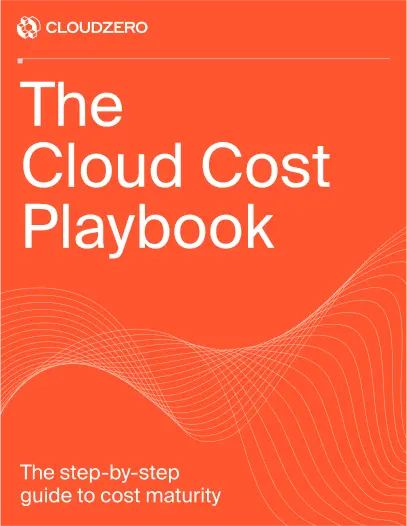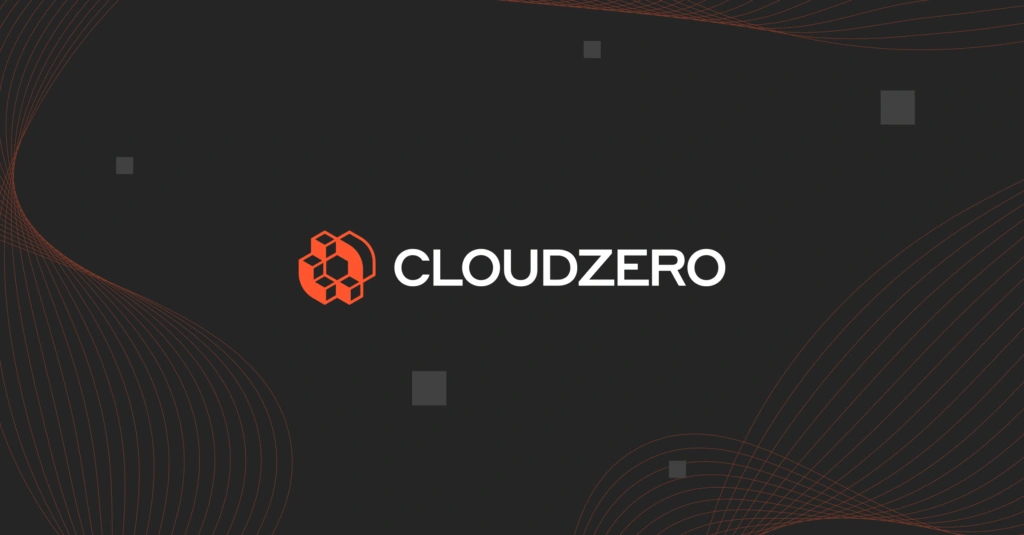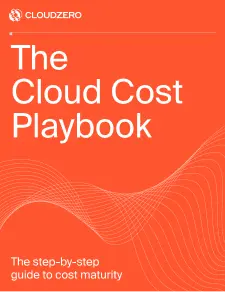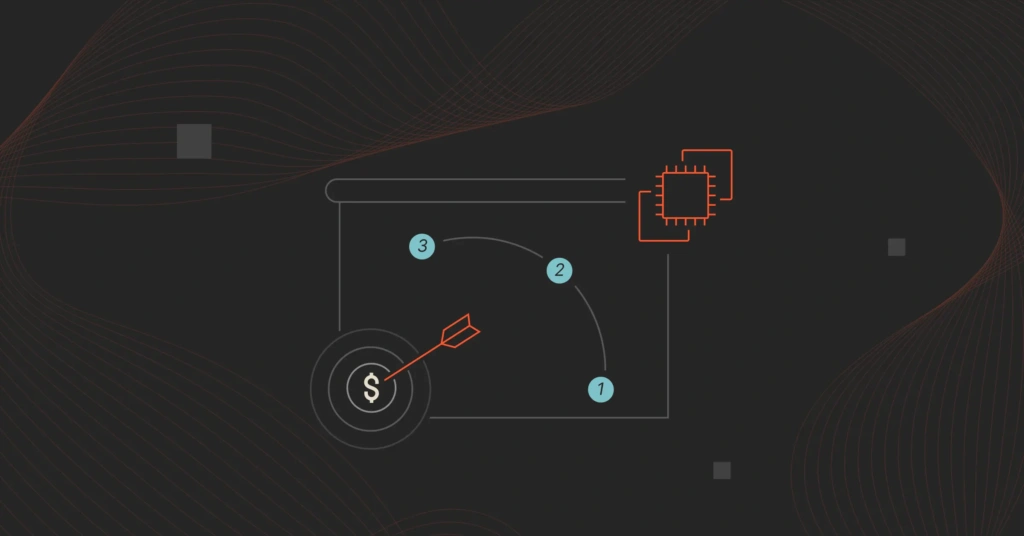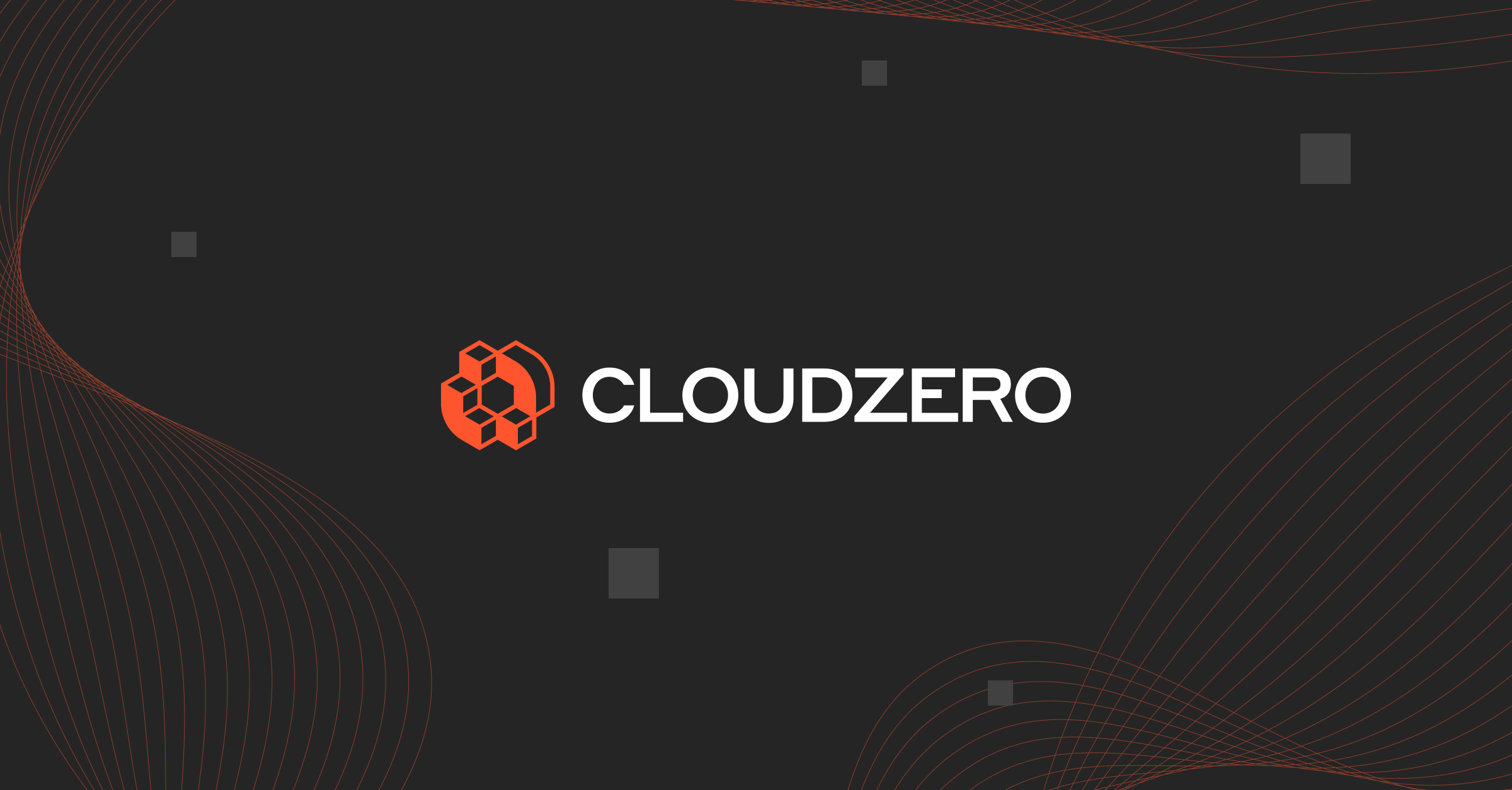When you’re already strapped for time and bogged down by cloud bills that seem higher than they should be, you may not be inclined to devote months to researching the best cloud cost tools. And unless you’ve used a cost tool before, you may have no idea where to start.
What happens if you use multiple cloud providers? Is one payment scheme better than another? And what do you do if your company hasn’t stayed on top of tagging?
Use the following “must-have” feature list to start your shopping journey, and then narrow your choices down by eliminating tools with major drawbacks.
How To Choose The Best Cost Tool For Your Business
At its core, the purpose of a cost tool is to provide clarity around your cloud costs:
- Why is the bill so high?
- What contributed the most to your spend for this past period?
- What are your unit costs and are they decreasing as customers are onboarded?
- What are some good ways to optimize spending going forward?
- What are your COGs when using services that abstract infrastructure like Kubernetes and Amazon ECS?
- What is your cost per customer in a multi-tenant environment and does it support calculating customer margins?
The way each tool goes about answering these questions may vary, but at the end of the day, you want to make sure you get clear and easily understandable answers to the above.
With that said, any cost tool worth its salt should have certain functionality. A robust and comprehensive cloud cost solution – such as the one offered by CloudZero – will allow you to do all the following:
- Allocate 100% of your spend, even untaggable spend
- Read metadata from several different sources to group spend any way you want, not just based on taggable resources
- Allow each employee to see the spend directly related to them
- Provide insight in as close to real time as possible
- Group multiple cloud providers together
- Include Kubernetes, Snowflake, and other services in your cost analysis
- Generate customizable reports based on metrics you choose
- Support financial reporting such as invoice reconciliation and budgeting
- Support Showback proportionally, fixed, or dynamically by usage metrics
- Track as few or as many metrics as you want
- Break down costs into comparable unit economics, such as cost per customer or cost per transaction
- Provide resource data in addition to spend data
- Optimize and reduce waste
- Automate usage of discount instruments such as reserved instance, savings plans or Spot for industry leading outcomes
- Monitor spending and detect anomalies as they happen, so you aren’t surprised when you receive your bill
- Keep it simple when you first start out, but dive deep into the tiny, granular details later on when you’re more comfortable with your cost strategy
In short, skip any cost tool that can’t handle all of the above. If you ever want to make crucial business decisions, such as changing up the way you price products, evaluating your revenue model, or offering free trials for certain features, you’ll want in-depth detail and control over which metrics you can track and compare.
What Are Some Red Flags To Avoid?
Broad views instead of granular views into costs
The truth is, not every cost tool is suitable for every business. If you have very simple costs, you can get away with one of the more barebones cost management tools. But if your costs are so simple, why would you need a tool to manage them in the first place?
And if your cloud bills are large, complex, or even just an opaque black box that leaves your finance department with more questions than answers every month, it’s unlikely you’ll find the solution you need from a barebones tool that doesn’t allow you to drill down into the fine details and achieve real visibility into your costs.
The tools should allow engineers to drill into resource detail at an hourly granularity to see trends.
Let’s say your company has large, dense Kubernetes clusters with 5,000 nodes and half a million pods. Engineers will want to see down to the pod or label with hour granularity.
Many companies run into a problem when they pick a tool that can’t handle the amount or the complexity of the data they need to manage.
If you pick a tool that can only break down that massive chunk of information into daily or weekly data, rather than hourly data, what have you really learned? Your system can perform any number of actions in a daily or weekly period; being able to see your hourly data narrows down which actions led to which costs much more effectively.
Few or no integrations
Your engineers don’t want to have to open and monitor a different tool every day as they try to work on other things. If the tool you choose has no outside integrations, it’s likely it will soon be forgotten, left running in the background and rarely fully utilized.
A better plan is to opt for a tool with some sort of notification system, such as one that integrates with Slack and sends engineers updates on their usage and costs for the period.
Support reading Kubernetes performance data leading to granular attribution for shared resources infrastructure.
Enables publishing other meta-data like Events (e.g., software deployment or customer onboarding) to correlate with spend on engineering activity to that drives cost.
Fees based on the number of users
You want everybody — from finance to engineering and all the way up the chain to your C-suite — to be able to log into your cost tool and see the current levels of spending.
If you choose a tool that charges based on user accounts, you’ll either end up paying far more than necessary for your whole company to access the tool or you’ll limit logins to a few key employees and cut the tool’s functionality short. Avoiding tools with a per-user fee means you don’t have to compromise.
Which payment model is best?
Not only do cost tools vary by functions and features, you also may find they have different payment structures. In fact, payment models for cost tools can be somewhat similar to cloud costs. You can find fixed-rate providers alongside providers that charge overages and percentages based on your spend or other usage statistics.
If you’re shopping for cost tools, the last thing you want to do is add another layer of bloated, hard-to-track costs to your monthly bills.
It’s a good idea to stay away from tools that charge a percentage of spend or that have fluctuating costs based on your usage. You know from experience how hard it can be to attribute fluctuating costs to the actions that caused them, so why would you sign up for a cost management tool that only exacerbates the problem you need it to solve?
Additionally, be wary of hidden price hikes down the line. Low introductory rates may sound appealing, but if you enjoy the service, you’ll be stuck paying far higher prices once the signup bonus period wears off.
Instead, look for a solution that charges a fixed, flat rate throughout the duration of your contract. This predictability will help you budget for the cost tool that will keep the rest of your budget under control.
CloudZero Hits All The Crucial Bullet Points (And None Of The Red Flags)
Contrary to what you might believe if you’ve been shopping for a cost optimization tool for a while, it’s completely possible to find an option that delivers everything you need and nothing you don’t.
CloudZero’s platform breaks your spend down into easily digestible insights based on the metrics that make sense in the context of your business. Your employees can track spend that’s relevant to them as it’s updated multiple times a day, or simply wait for the Slack notifications that keep them up to date as they work.
Plus, automation of discount instruments like reserved instances, savings plans, and Spot allows you to save money even before you begin to change your spending habits.
In fact, some of our clients have used our platform to achieve an industry-leading 40% discount using reserved instances and savings plans and between 60% to 80% discount using Spot to reduce their costs.
